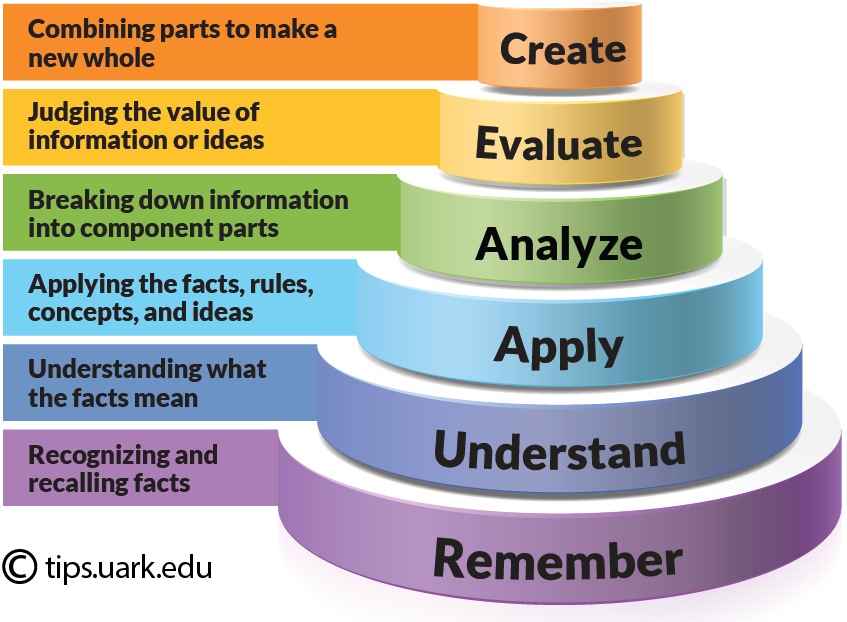The importance of mental health and well-being is increasingly being recognized within the walls of the academy. In a previous post, we discussed how stress and poor mental health can affect student success in the classroom. But what about the person at the front of the room? The reality is, teachers are human too, and with that comes a need to care for one’s own psychological well-being. And yet, this is often swept to the wayside with pressing deadlines, classes to prepare, and large workloads. This post introduces just a few tips for how to be mindful of one’s own mind. We encourage you to spend some time thinking about ways to care for yourself and stay healthy during the most stressful times of the semester.
Principle 1: Time spent away from work can increase your productivity at work. While it may seem counterintuitive, spending less time on the job can actually help you to get more done. When our brains are always on the go, they tire just like the rest of our body. Breaking up one’s work schedule into reasonable amounts allows the mind to recover and return to the job refreshed and energized.
Action Steps:
- (Literally) Schedule time away from work. Planning for when you will take breaks makes you more likely to do so. A quick break every hour and occasional vacation days will go a long way towards keeping your brain focused and on track.
- Learn to say no. It is tempting to get involved in every activity and spread oneself too thin. People will understand if you can’t attend every event, and it is empowering to keep control over your own schedule.
- Maintain a healthy work-life balance. Find a hobby that you like or other activities outside of work to break up the routine of job-related brain activity. Singular-minded devotion to any subject encourages burnout, while engagement with a diverse range of interests permits creativity and exercises different components of the brain.
Principle 2: Don’t put off until tomorrow what you can do today. Not that your entire year’s schedule should be condensed into today’s agenda! However, have you noticed the times that you feel the most stressed out? For most people, it tends to be when deadlines are approaching and last-minute work (or even all-night work) is needed. To the extent that you can avoid waiting until the last minute to complete projects, your mind will thank you!
Action Steps:
- Make a priorities list. There’s a famous meme which suggests that the most effective housecleaning sessions occur when a large project is nearing due. This is an example of a priorities imbalance. Instead, divide your to-do list into a “must do, should do, could do” list, and be sure to hit your top priorities first.
- Plan out your due dates. Some dates you will not have control over. Others, like when you will be grading papers and exams or teaching particular sections of a course, you have more control over. Try staggering your assignment due dates so you do not have enormous loads of grading to do all at once.
- Practice physical self-care. Some of the first things to get cut from the to-do list when one is feeling overloaded are exercise and healthy habits. And yet these are some of the most important daily habits for holistic mental health. It is more difficult to return to a routine after pushing exercise or healthy eating back a day or two (or three), so try to maintain as much consistency as possible.
Principle 3: Perfection is unattainable. That is certainly not to say that we shouldn’t try hard and strive for excellence, but academia often appears to demand perfection when it is not possible. For those who struggle with perfectionism, it can help to have a regular reminder that the hard work you do is valuable and appropriate for the job you have.
Action Steps:
- Lower the stakes in your classroom. You have the ability to take the spotlight off of you. In your class prep, try some new active learning strategies that allow students to get involved and take on a greater role in facilitating the class. (Research shows this is actually a good learning strategy!) Break major assignments into smaller ones so that grades are less decisive to a student’s overall course grade. And try using early semester evaluations to avoid placing too much emphasis on final student evaluations.
- Remember your purpose. Remind yourself of why you do the work that you do. Hopefully you can recall the enjoyment and passion you have for your subject! Then try to contextualize how your work fits into the big picture; is this an instance where minutiae is important, or is it simply a part of a larger whole?
- Be human. Everyone makes mistakes, has struggles, fears, concerns, and weaknesses. Many students and colleagues appreciate genuineness and authenticity, so be yourself and don’t feel like you need to hide behind a mask of perfection.
One final principle and action step is to enlist the help of others if your mental health isn’t where you’d like it to be or if you want to keep improving your mindfulness. Therapists, psychologists, or medical professionals can all assist with keeping you healthy and doing your best work possible. Notre Dame has a number of resources for individuals at any stage in their teaching career; check out the resources below for more information.
Importantly, these tips cannot replace the advice of trained care providers; in a case where mental illness is a possibility or a concern, seek the individualized guidance of a professional care consultant.
If nothing else, be sure to check in regularly with how you are doing taking care of yourself. Be sure to keep your mind healthy while you are working to expand others’!
In the event of a serious crisis or if you are concerned that somebody is in a life-threatening circumstance, you should call 911 immediately.
Resources
- University Counseling Center (for undergraduate and graduate students)
- Employee Assistance Program (for staff and faculty)
- Notre Dame Wellbeing at Work
- Notre Dame Wellness Center
- McDonald Center for Student Well-Being
- Notre Dame Campus Ministry
Further Reading
- “Mental Health in Academia” – Tenure, She Wrote
- “Academia and Mental Illness: A Preliminary List of Resources” – The Professor Is In
- “Academia and Mental Health” – Dr. Nadine Muller
- “Dark Thoughts: Why Mental Illness is on the Rise in Academia” – The Guardian

 students in a democracy, where all citizens must make informed choices about a tremendous variety of issues.
students in a democracy, where all citizens must make informed choices about a tremendous variety of issues.
